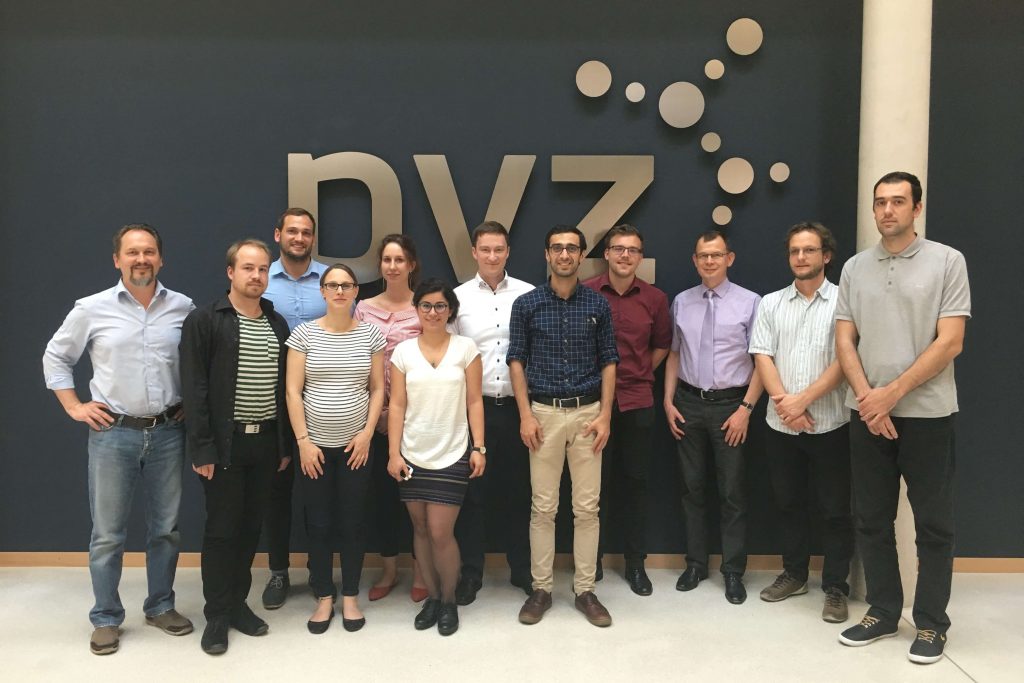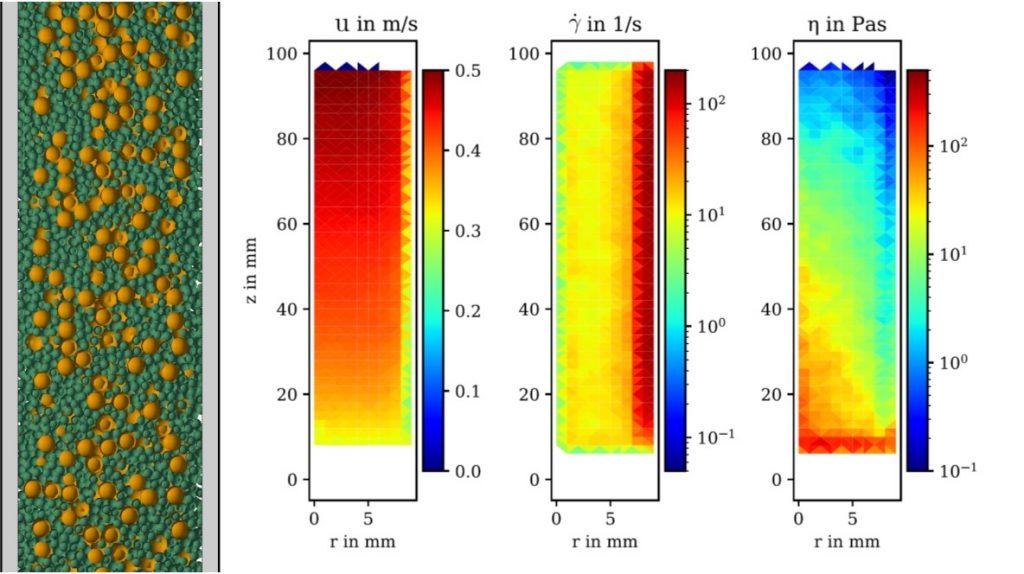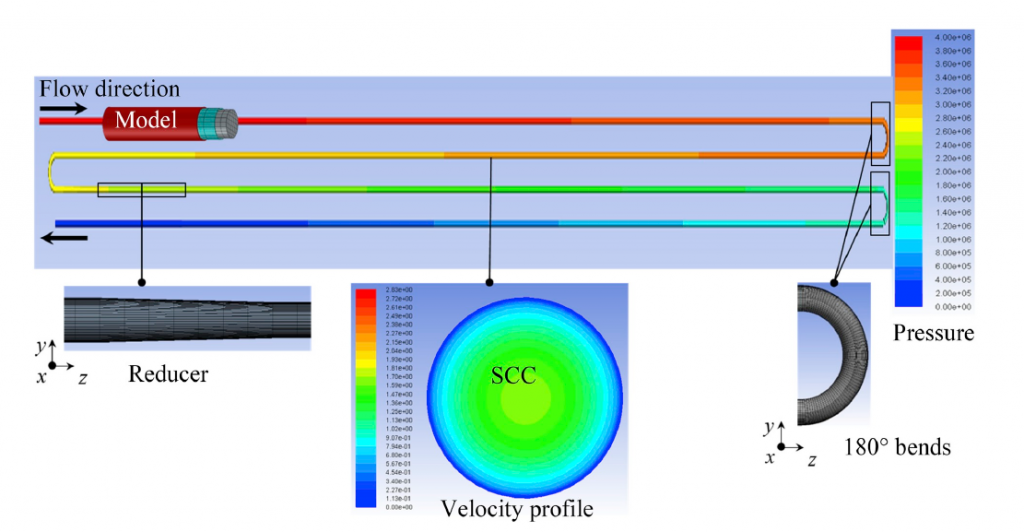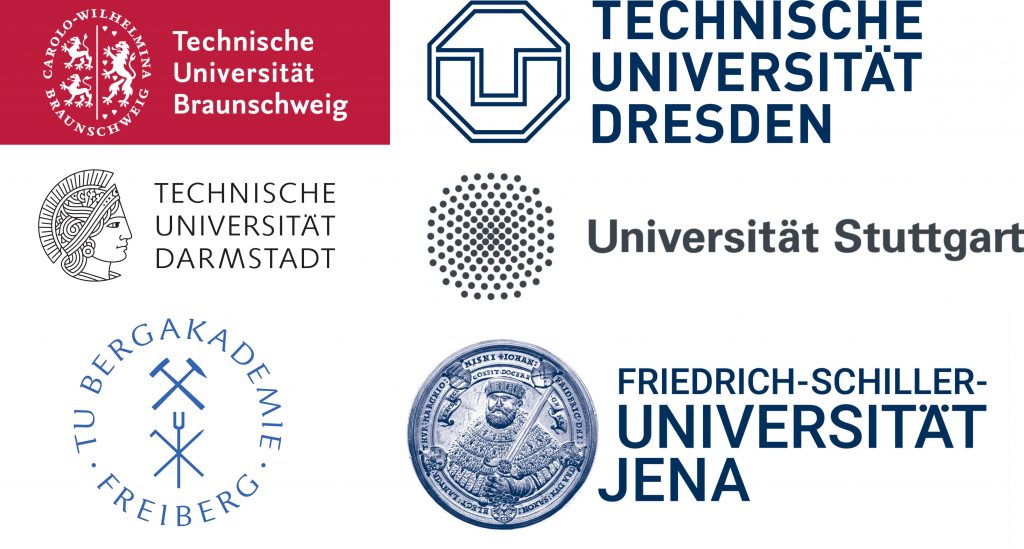Working group “Numerics”

Numerical simulations are a powerful tool for resolving non-measurable variables, for making predictions about the material behaviour of complex materials or for running complex large-scale flow processes purely virtually. In order to be able to use these advantages in the context of modern building materials, the numerics Working Group of SPP 2005 is working on the development, implementation and validation of state-of-the-art numerical methods. The range of methods used extends from particle-based methods to continuum models and complex coupled approaches, with the spectrum of flow processes considered ranging from simple shear flows to complex pumping processes.
Goals
The goal of the Working Group is to extend existing numerical methods and develop new numerical approaches for describing complex non-Newtonian suspensions such as concrete. These models are intended to generate knowledge that cannot be obtained by experimental methods and to predict the behaviour of fresh concrete in different flow situations. Some key points are summarised here:
- prediction of effective material parameters of building material suspensions
- prediction of the behaviour of building material suspensions on the basis of different numerical methods
- benchmark and comparison of numerical methods on the basis of experimental and analytical data of generic flow configurations
- contact and exchange point for questions and ideas of a numerical nature in SPP 2005
- source code and data curation of numerical work in SPP 2005

Haustein, M. A., Zhang, G., Schwarze, R., Segregation of granular materials in a pulsating pumping regime, Granular Matter, 2019

Secrieru, E., Mohamed, W., Fataei, S., Mechtcherine, V., Assessment and prediction of concrete flow and pumping pressure in pipeline, Cement and Concrete Composites, 2020
Member Institutions

Publications
Frontiers in Materials 144 (2022)
